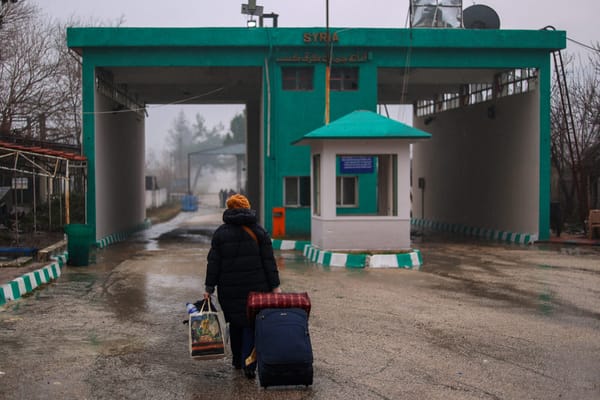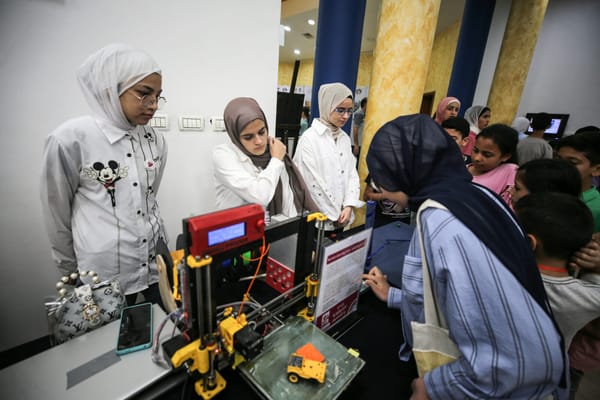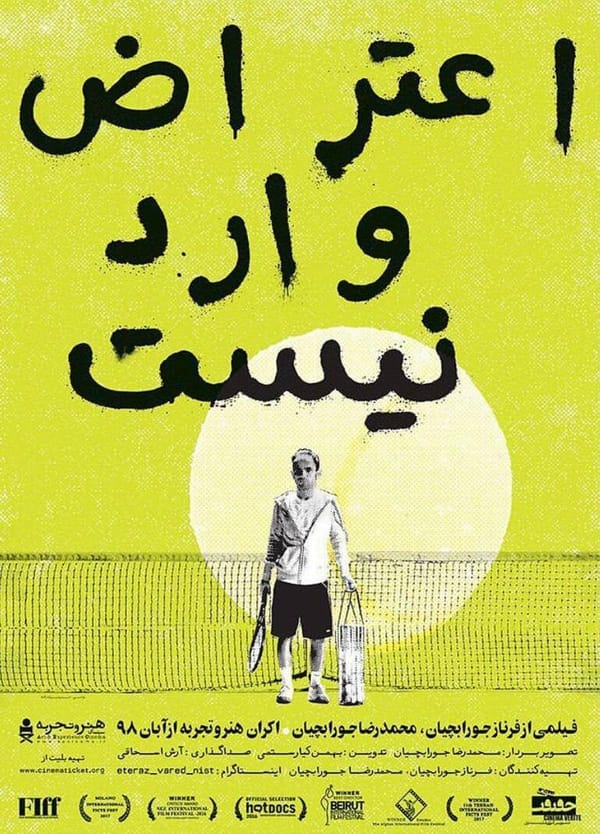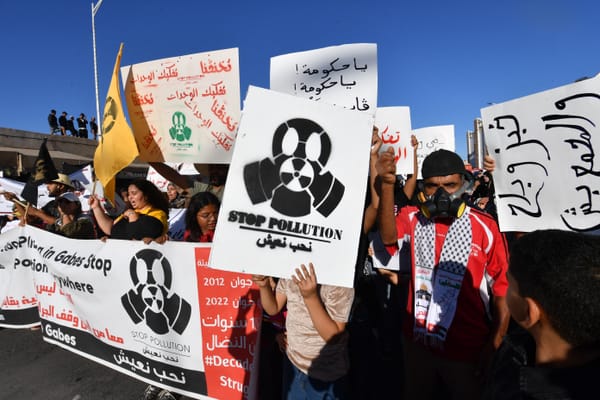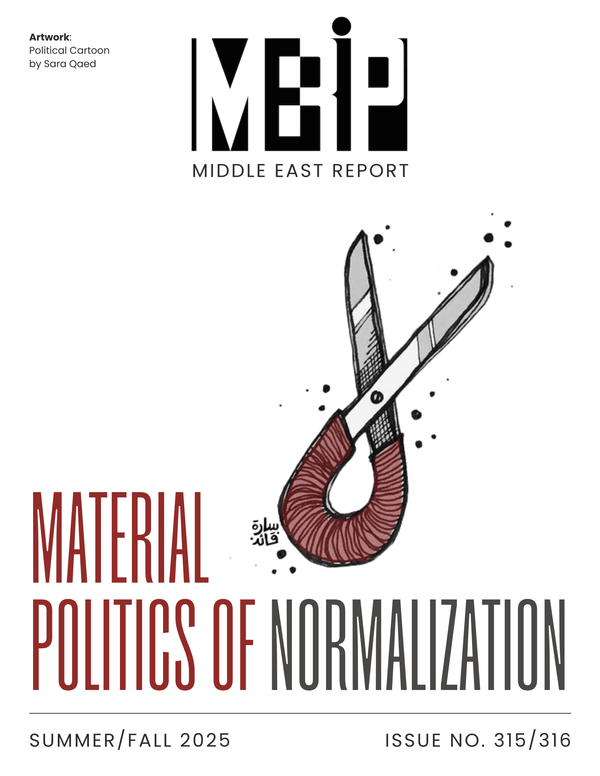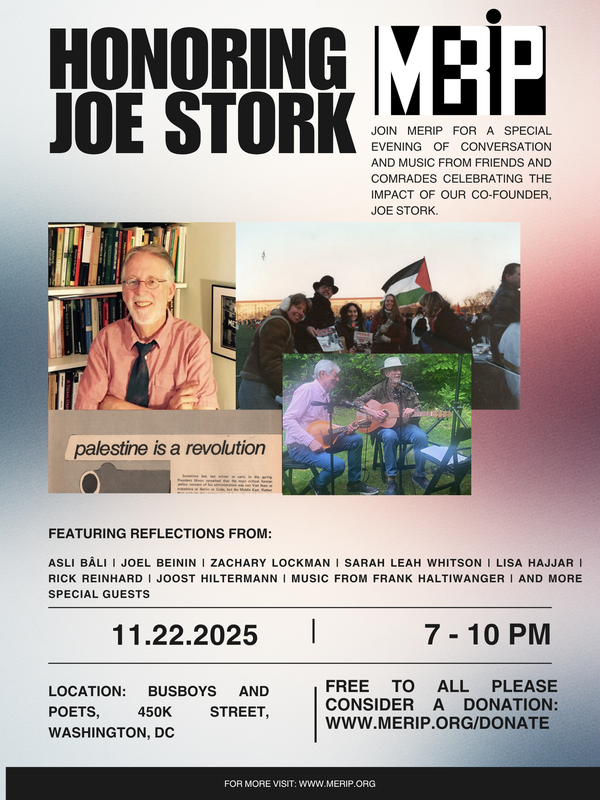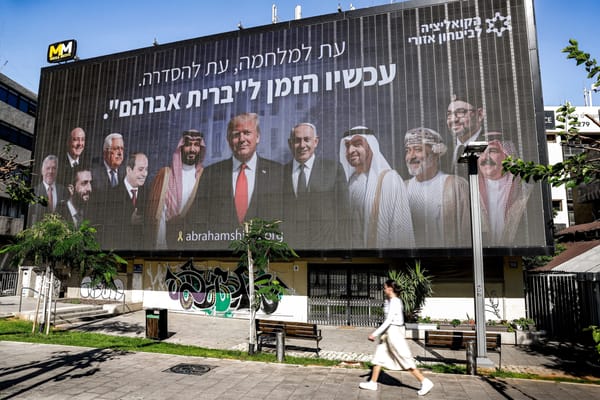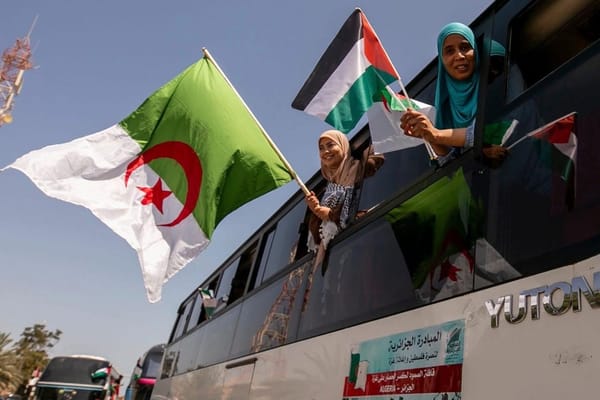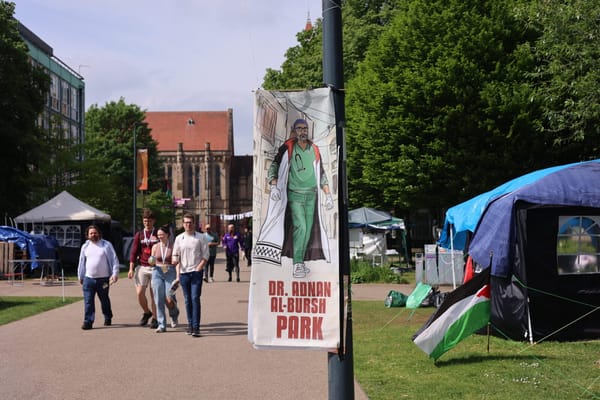Liberating Arnoun
This interview with student activist Hassan Marwany was conducted, transcribed and translated by Marlin Dick of The Daily Star in May 1999. The initial spark for the liberation of Arnoun was a candlelight vigil and march from St. Joseph’s University to UN House in central Beirut, organized by the T

